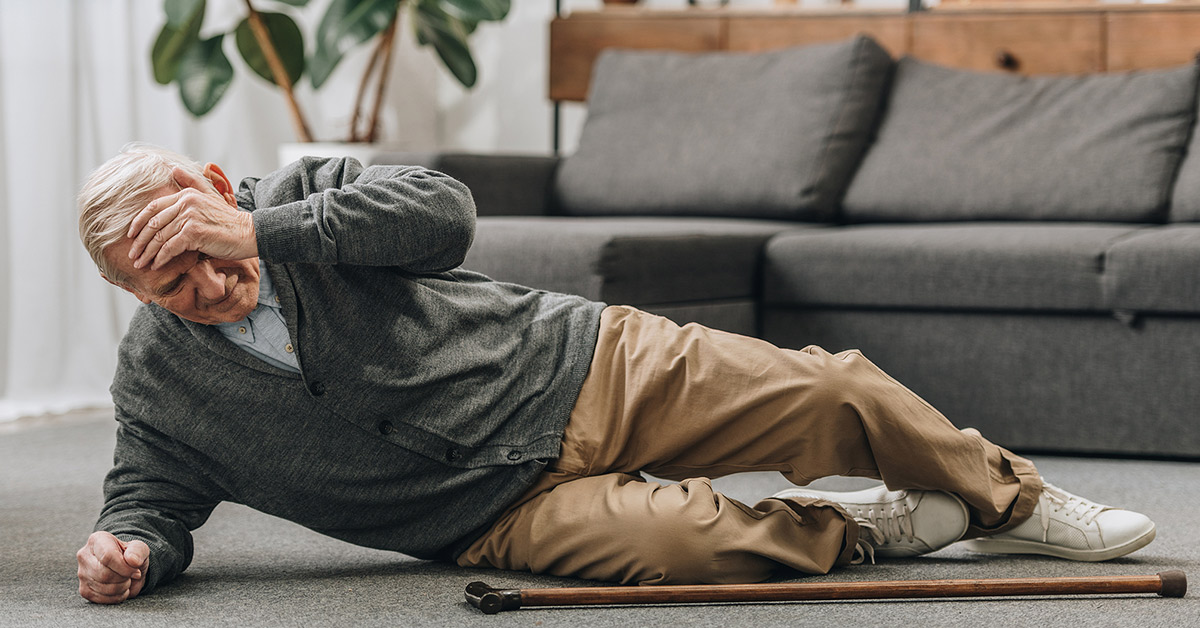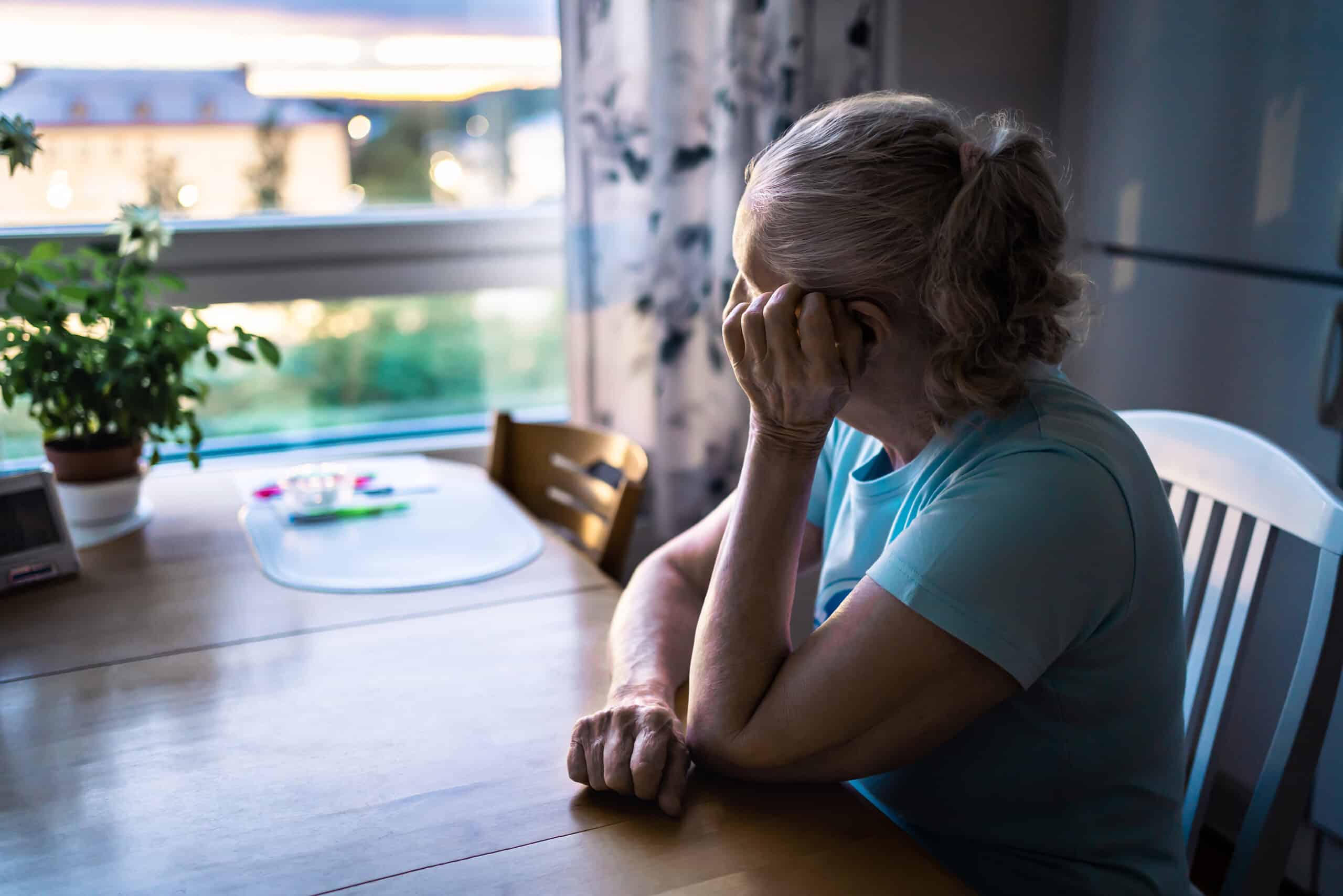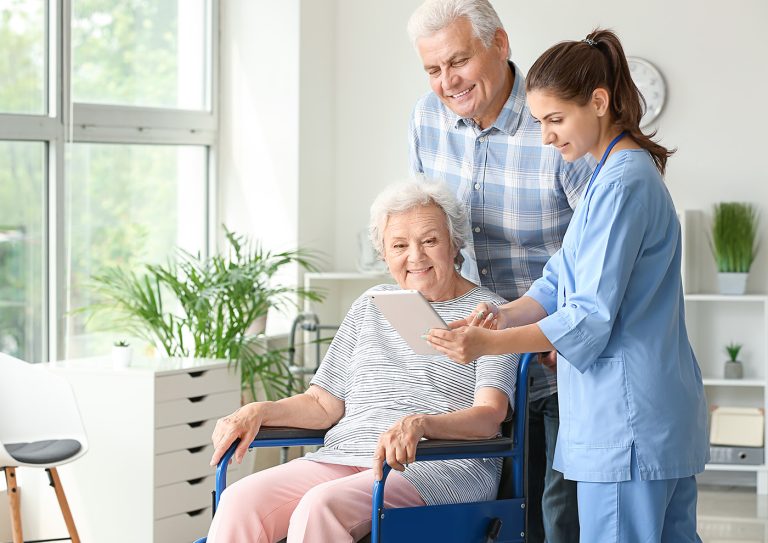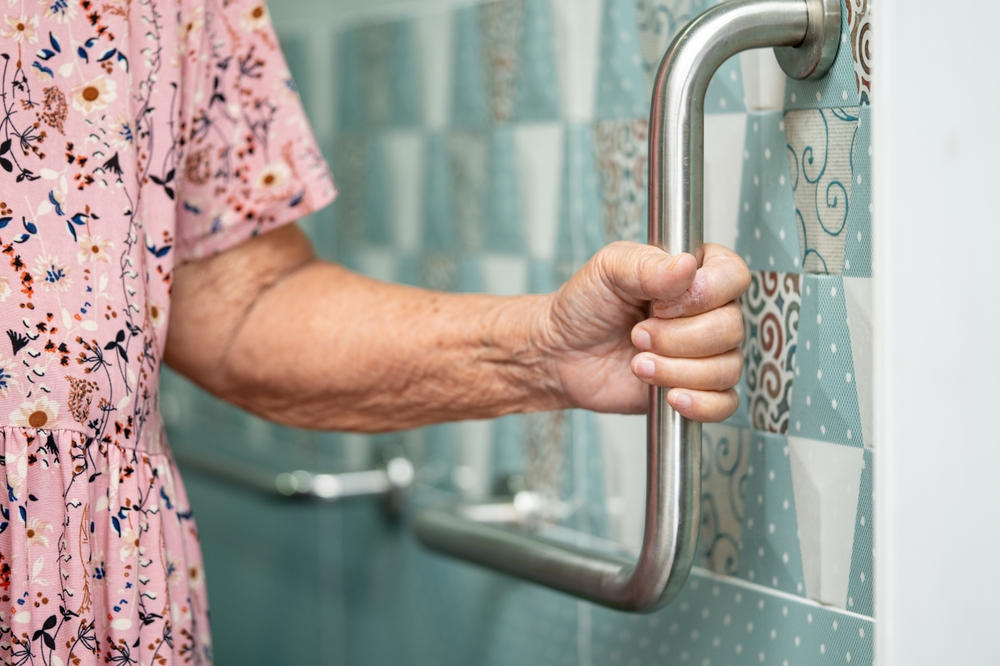As we age, maintaining independence becomes a priority for many. However, with age comes the increased risk of falls, which can have significant impacts on health and lifestyle. In this article, we will explore the role of fall detection technology in promoting independent living among seniors and how families can ensure their loved ones stay safe and independent.

The Importance of Fall Detection
Falls are a common and serious problem among older adults. According to the National Institute on Aging, falls are the leading cause of injury among seniors. The introduction of fall detection systems offers a proactive solution to this issue, providing immediate assistance and reducing the risk of serious injury.
Understanding Fall Detection
Fall detection technology is designed to automatically detect falls and alert caregivers or emergency services. These systems use sensors and algorithms to distinguish between normal activity and a fall, ensuring timely intervention.
Types of Fall Detection Systems
There are various types of fall detection systems, including wearable devices, non-wearable options, and integrated home systems. Each type offers unique benefits, allowing families to choose the best solution for their loved ones.
The Role of Technology in Independent Living
Technology plays a crucial role in supporting independent living for seniors. From smart home systems to wearable health monitors, technology enables older adults to live safely and independently while still being connected to their caregivers.
Smart Home Solutions
Smart home solutions, such as IoT sensors, provide a comprehensive approach to safety and independence. These systems can monitor daily activities, detect unusual patterns, and alert caregivers in case of emergencies. Learn more about how IoT sensors are transforming daily life.
Wearable Health Monitors
Wearable health monitors track vital signs and physical activity, offering insights into health trends and potential risks. These devices can be integrated with fall detection systems, providing a comprehensive safety net for seniors.
Benefits of Fall Detection in Independent Living
The integration of fall detection technology in independent living offers numerous benefits, including enhanced safety, peace of mind, and improved quality of life.
Enhanced Safety
Fall detection systems provide immediate alerts in case of a fall, ensuring that help is on the way as quickly as possible. This rapid response can prevent further injury and complications.
Peace of Mind for Families
For family caregivers, knowing that their loved one is protected by a fall detection system offers peace of mind. They can rest assured that their loved one is safe and can receive assistance quickly if needed.
Improved Quality of Life
By reducing the risk of injury from falls, seniors can maintain their independence and continue to participate in activities they enjoy, leading to a higher quality of life.
Choosing the Right Fall Detection System
When selecting a fall detection system, it’s important to consider the specific needs and preferences of the individual. Factors such as ease of use, reliability, and integration with other health monitoring devices should be taken into account.
Consulting with Healthcare Professionals
It’s advisable to consult with healthcare professionals when choosing a fall detection system. They can provide guidance on the best options based on the individual’s health status and lifestyle.
Trial and Adaptation
Many fall detection systems offer trial periods, allowing users to test the system and ensure it meets their needs. This trial period can be crucial in adapting the system to the individual’s lifestyle and preferences.
The Future of Fall Detection and Independent Living
The future of fall detection technology is promising, with advancements in AI and machine learning enhancing the accuracy and reliability of these systems. As technology evolves, so too will the ability of seniors to live independently and safely.
Emerging Technologies
Emerging technologies, such as AI-powered fall detection, offer new possibilities for independent living. These technologies can predict falls before they occur, offering an unprecedented level of safety for seniors.
Integration with Other Systems
Future developments may see fall detection systems integrating with other smart home technologies, creating a seamless safety network for seniors. Discover more about smart elderly care solutions.
Conclusion
Fall detection technology is a valuable tool in promoting independent living for seniors. By providing enhanced safety and peace of mind, these systems enable older adults to maintain their independence while ensuring their well-being. As technology continues to advance, the future of fall detection looks bright, offering new opportunities for safe and independent living for seniors.

FAQ
What is fall detection technology?
Fall detection technology uses sensors and algorithms to detect falls and alert emergency services or caregivers, ensuring timely assistance.
How does fall detection promote independent living?
Fall detection systems enhance safety by providing immediate alerts in case of a fall, allowing seniors to live independently with peace of mind.
Are there different types of fall detection systems?
Yes, there are various types, including wearable devices, non-wearable options, and integrated home systems, each offering unique benefits for different needs.
This article contains affiliate links. We may earn a commission at no extra cost to you.






